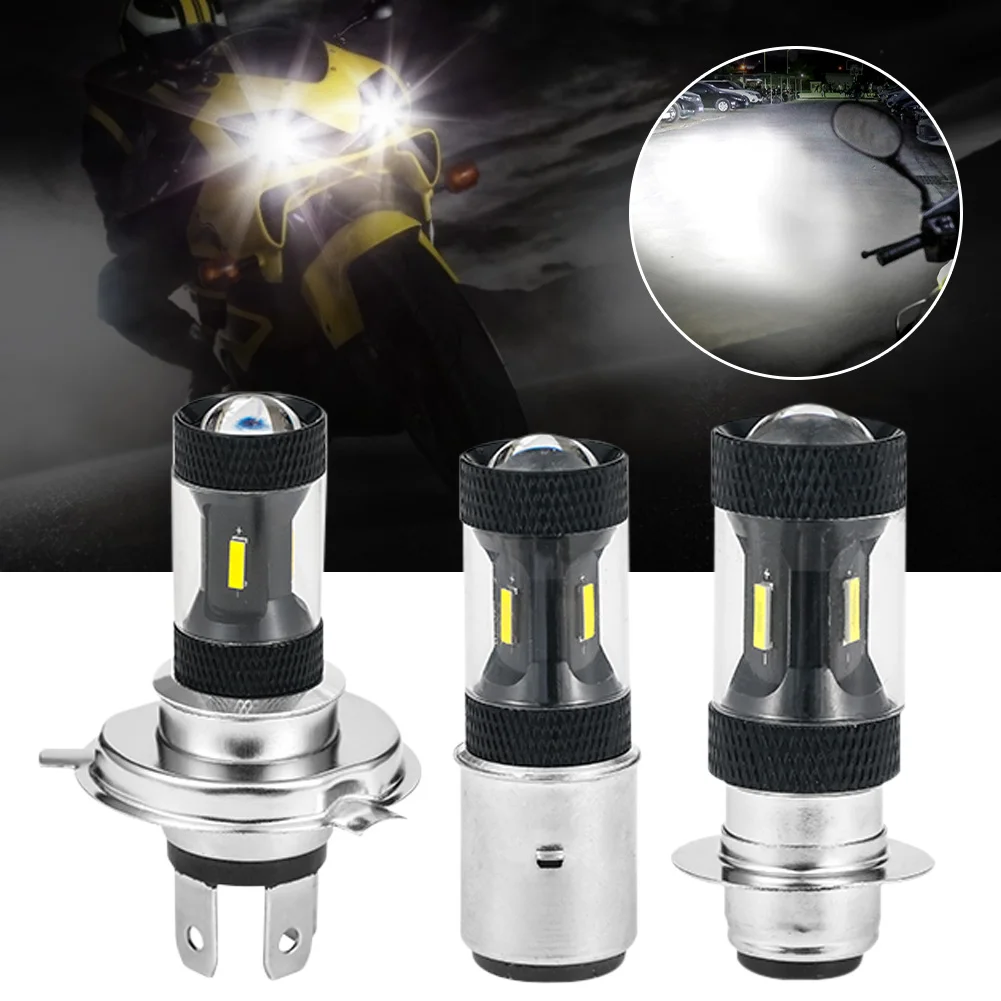Self Driving-Certified Cars : drive pilot 1
[ad_1]
Overview:
Mercedes-Benz has officially earned level 3 SAE certification for its ‘Drive Pilot’ self-driving service. This is a significant achievement as it marks the first consumer vehicles in the US to receive verified level 3 self-driving certification. The level 3 certification means that the person sitting in the driver’s seat is technically not driving the car while the Drive Pilot system is engaged. However, they must be ready to assume control of the car when the feature requires them to do so.
In this article, we will delve deeper into the significance of this certification, understand what it means, and explore the advancements in the field of self-driving technology.
The Importance of Mercedes-Benz ‘Drive Pilot’ System Receiving Level 3 SAE Certification:
Mercedes-Benz’s Drive Pilot system is the first in the US to receive level 3 self-driving certification. This is a massive upgrade from level 2 certification, where the driver, even when seated with a self-driving feature enabled, is still technically driving the vehicle and needs to supervise and monitor the car’s safety. With the level 3 certification, the Drive Pilot system enables the driver to relax but still be ready to take control of the car when needed, making the driving experience more comfortable and safer.
Mercedes-Benz has been working on the Drive Pilot system for several years, with the aim of making driving a more comfortable and safer experience for the driver and passengers. By achieving level 3 certification, Mercedes-Benz has taken a significant step towards making self-driving cars a reality, paving the way for more automation in the driving experience.
Understanding SAE Levels of Autonomy:
The Society of Automotive Engineers (SAE) has defined six levels of automation for self-driving cars. These levels describe the extent of automation in a vehicle, from no automation to full automation. The levels are as follows:
Level 0: No Automation – The driver is responsible for controlling all aspects of the car.
Level 1: Driver Assistance – The car has one or more automated functions, but the driver is still in control.
Level 2: Partial Automation – The car has multiple automated functions, but the driver is still expected to monitor the car’s safety.
Level 3: Conditional Automation – The car can manage most aspects of driving, but the driver must still be ready to take control.
Level 4: High Automation – The car is fully self-driving in certain circumstances, but the driver must still be able to take over when necessary.
Level 5: Full Automation – The car is fully autonomous, with no human intervention required.
Mercedes-Benz’s Drive Pilot system has achieved level 3 certification, which means that the driver is technically not driving the car while the system is engaged, but must still be ready to take control when needed.
Advancements in Self-Driving Technology:
Mercedes-Benz’s Drive Pilot system is a significant advancement in self-driving technology, but it is not the only one. Many companies are investing in self-driving technology research and development, with the goal of making self-driving cars a reality in the near future.
One of the major advancements in self-driving technology is the use of artificial intelligence (AI) and machine learning (ML). These technologies enable cars to learn from their surroundings and make decisions based on that, without human intervention. The more data that the car collects, the more accurate its decision-making becomes.
Another advancement is the use of LiDAR (Light Detection and Ranging) technology, which uses lasers to create a 3D map of the car’s surroundings. LiDAR technology enhances the car’s ability to sense obstacles and hazards, which is essential for safe self-driving.
FAQs:
1. What is Mercedes-Benz’s Drive Pilot system?
Mercedes-Benz’s Drive Pilot system is a self-driving service that has officially earned level 3 SAE certification. It allows the driver to relax while the car drives autonomously, but they must still be ready to take control when the system requires them to.
2. What is SAE certification?
SAE certification is a system that defines the six levels of automation for self-driving cars. Level 3 certification means that the driver is not technically driving the car while the system is engaged, but they must be ready to take control when needed.
3. What are the levels of autonomy as defined by SAE?
The six levels of autonomy as defined by SAE are Level 0: No automation, Level 1: Driver assistance, Level 2: Partial automation, Level 3: Conditional automation, Level 4: High automation and Level 5: Full automation.
4. What are the advancements in self-driving technology?
Advancements in self-driving technology include the use of artificial intelligence and machine learning, LiDAR technology for better sensing, and more precise decision-making based on data collection and analysis.
5. Can self-driving cars become a reality in the near future?
Many companies are investing in self-driving technology research and development, which indicates that self-driving cars can become a reality in the near future. However, there are still many challenges to be addressed before they become widely available.
[ad_2]









